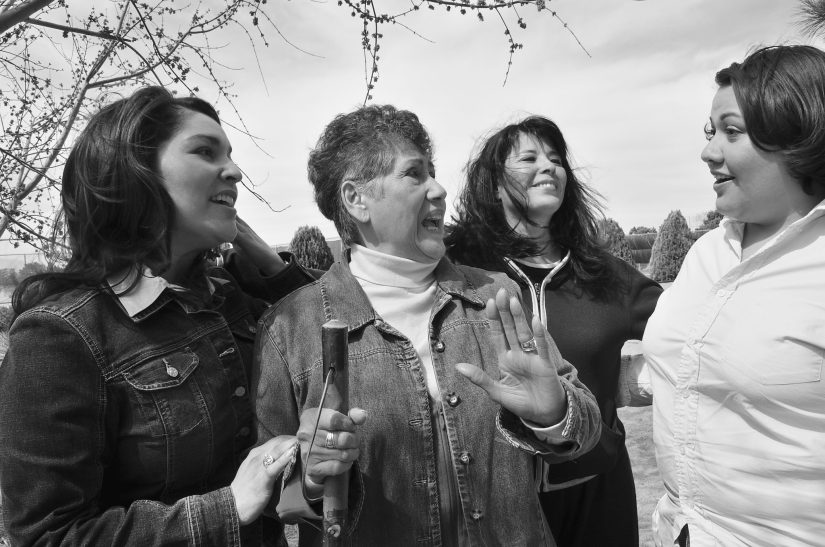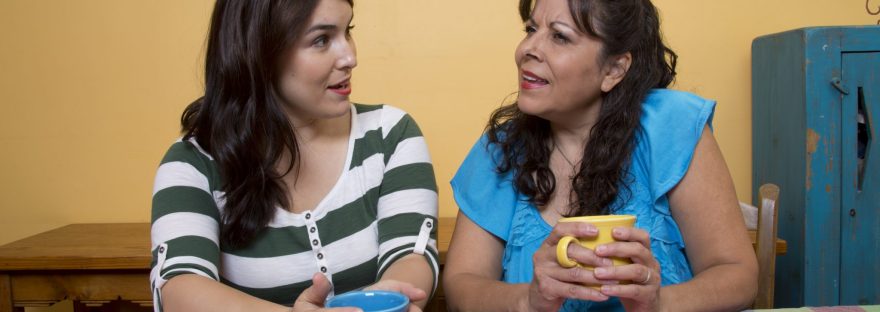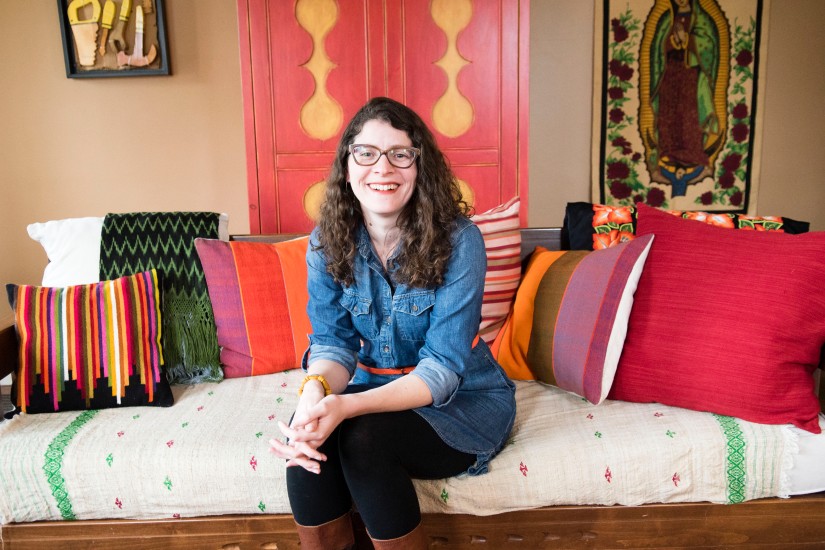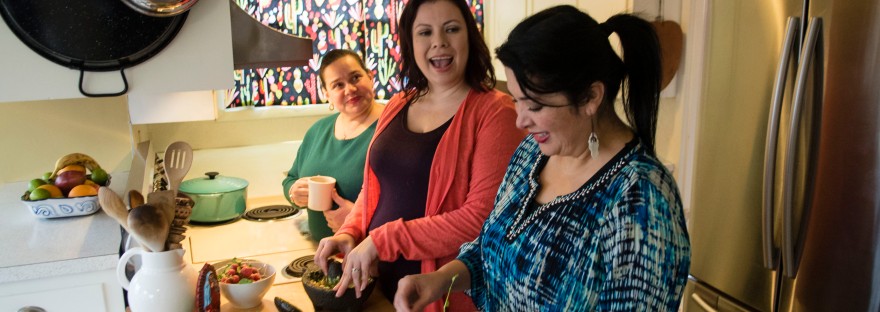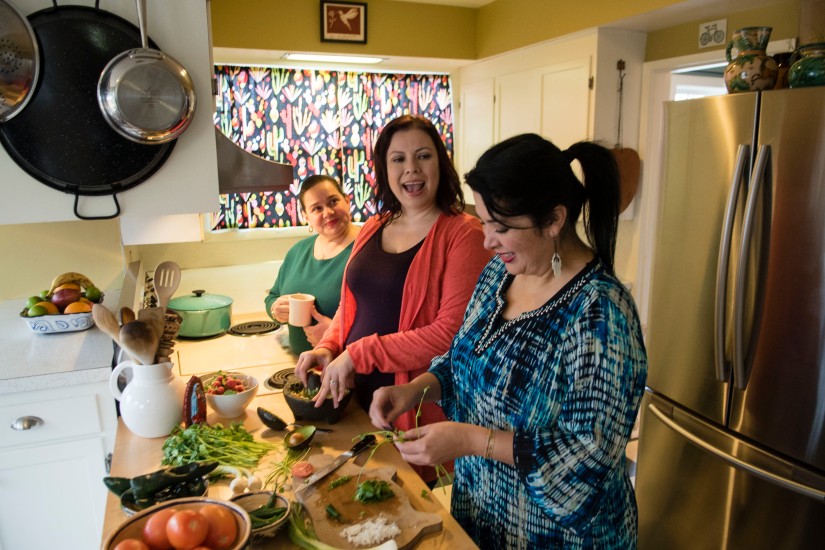
Do you have a grandma or madrina who’s always using old Spanish dichos to give you guidance?
Dichos are little golden nuggets of wisdom passed down by generations. They abound in New Mexico, Arizona, Colorado, Texas and California.
Not surprisingly, there are many dichos about food, like the New Mexican favorite, “Panza llena corazón contento.” That one (full stomach, happy heart) could get you in a whole lot of trouble if you let it. Better to counter it with “Poquito porque es bendito,” (A little bit because it’s sacred). Sooo much more civilized, and your abuelita would approve. It cultivates honoring your food as if it is sacred.
I’m sure many of you have seen your tíos or tías crossing themselves before they dive into a bowl of pozole. That’s the same idea: blessing your food, pausing and becoming aware of how delicious it looks and how grateful you are to be enjoying such a lovely meal…
Now think about this: what if you treated your body as if it were a sacred place, as if it were the temple in which you live? Imagine, if you treated your body with that much respect and love, how eating would change for you.
What if “poquito porque es bendito” guided your daily enjoyment of food? This old dicho passed on to us by our ancestors is perfectly aligned with our De Las Mías philosophy of “Poquito de Todo”—eat a little of everything.
At De Las Mías we want you to be passionate about food and passionate about your body. We want you to be Food Positive and Body Positive. We want you to embrace the deliciousness of our food and our cultural connection to it, and we want you to love and accept your body as it is now.
In keeping with our Poquito de Todo philosophy, we want you to make healthy changes that will result in a more empowered life and a healthier connection with your body. By embracing this “eat a little of everything” approach, you can make slight changes that will result in better health.
One of the ways to do that is to become aware of the size of your servings. We don’t want you to give up your favorite foods and family recipes—we just want you to reduce those serving sizes.
One tool to get a handle on serving sizes is our En Tus Manos Infographic. This handy little tool shows you how to use your hands, like your grandma did back in her day, to measure food.
Try it and let us know how it goes!
Check out our other articles in Healthy Mexican Food for ideas on how to cut down on serving sizes and enjoy your food.


